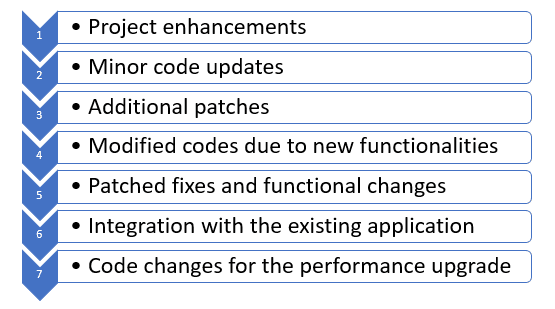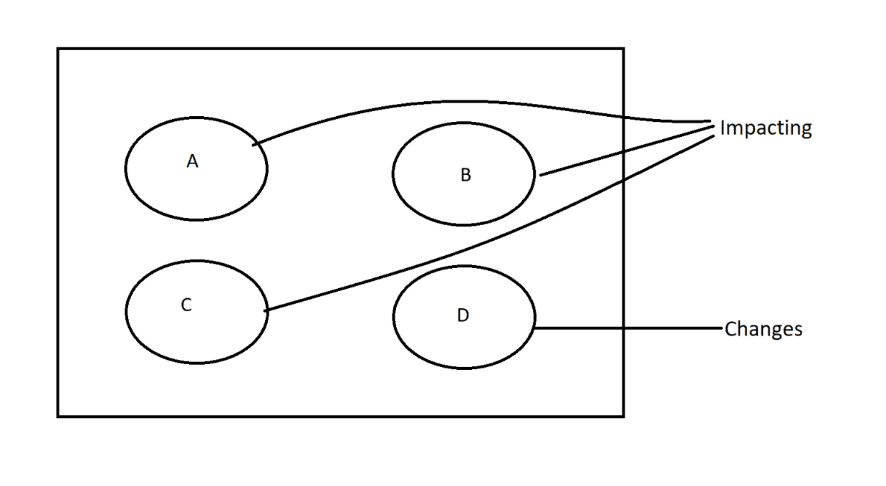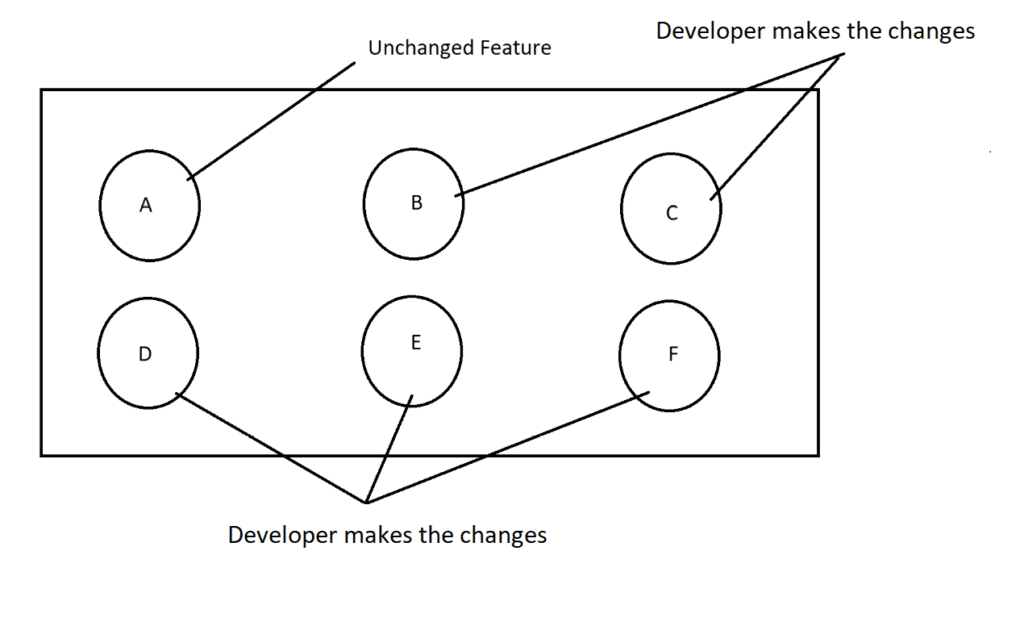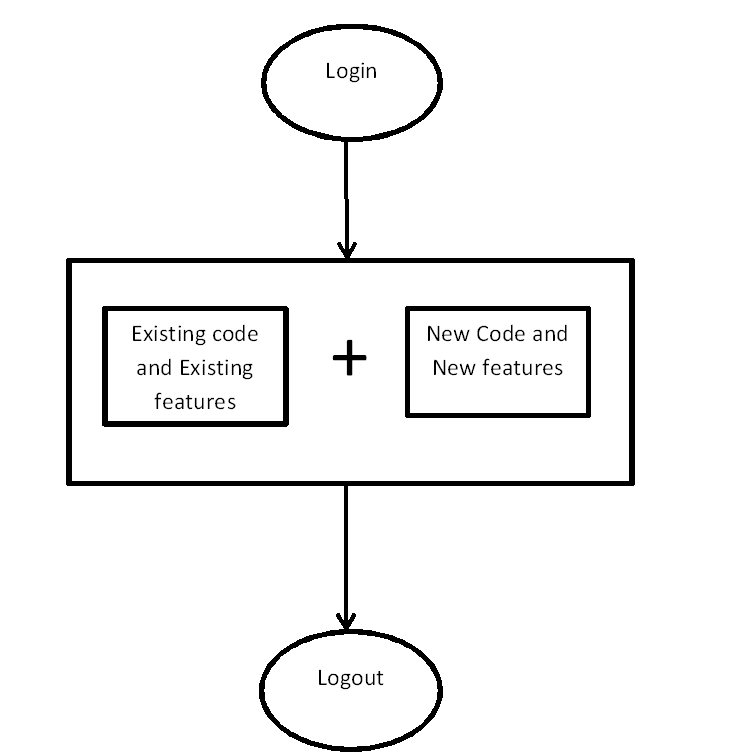- November 17, 2022
- Posted by: Sarath Kumar H
- Category: Digital Assurance

Introduction
Regression testing is a type of black box testing method that ensures additions, deletions, modifications, or bug fixes do not affect features/functionalities that have already been implemented or are already in use. It enables the QA team to find bugs or mistakes in the build once a code change is made and to confirm that all features and functions are operating as intended after the application has undergone new code changes.
Indium helped a California based retail giant achieve 99% DRE (Defect Removal Efficiency) in every production release
Click Here
When to Use Regression Testing

Why Perform Regression Testing?
Regression testing is one of the most critical aspects of the product’s bug-free, long-term success. Thus, it should never be left to chance. Regression testing is now a necessary component of continuous development and delivery strategies. Although developing compelling regression test suites takes time and money, investing in them ensures that your product is free of errors and quality-related issues. When a strong plan that combines suitable regression testing and a better balance between manual and automated methods is used, the testing method will pay off with a reliable, functional software solution with a higher probability of producing positive results.
Challenges
- Rerunning the test is a common component of regression testing; therefore, testers might not be very excited about the task.
- Regression testing can be time-consuming to finish.
- As products are updated, it might get quite complex, resulting in a vast list of tests in your regression suite.
- Explaining the benefits of regression testing to non-technical business leaders is challenging.
Best Practices
- Rather than attempting to test everything at once, concentrate more on the most common use cases for the software application.
- The addition of automation tools will also cover more scenarios in less time, resulting in significant long-term cost and time savings.
- If everything goes well, even we could do some exploratory testing.
Types of Regression Testing
Unit Regression Testing
Unit regression testing is carried out to test the code during the unit testing stage. In this, we will test only the changed unit, not the impacted area. It takes complicated dependencies and interactions beyond the concerned unit of code.
For example, when the developer changes the username and password text fields, if something goes wrong, the login page is blank, or the password is not accepted, the developer submits a solution, and the tester then tests these changes.


Regional Regression Testing
This testing method changes the code in a particular module so that it does not affect the other modules. We test the dependent module because the change may also impact different modules. For example, modifications made to module D by the developer are now affecting the other modules of A and C. All developers, test engineers, and product managers will gather for an impact analysis meeting led by a business analyst, test engineer, or product manager. They will determine which modules and features are impacted. Finally, we must test the modified component and the affected regions.
 Full Regression Testing
Full Regression Testing
Full regression testing is carried out when software updates or code modifications require deep root-level changes. It is also done when the current code undergoes several changes. It removes any sudden issues and provides a thorough overview of the system. Regression testing verifies that the build (new lines of code) has not been changed for a while. The end consumers then get access to this final version. For example, the developer modified modules B, C, D, E, and F in response to client demands and left module A alone. Testers must test an application’s updated and unaltered features to ensure the unchanging feature remains unaffected. We must perform a complete regression test if the developer has updated most of the application.
 Real-Time Example of Regression Testing
Real-Time Example of Regression Testing
In the product, there will be an existing code for every feature. When a new code or feature is added to the existing feature, we need to check if the behavior of the software is consistent and if the new code impacts the application. During regression testing, if any bug has been found, we will raise it and mark it as a regression bug. If the bug has been fixed, regression is performed to improve the quality of the application.
Some factors to keep in mind while doing regression testing:

Retest Everything
We must execute all the test cases in our regression suite. We must make the system bug-free, requiring significant effort and dedication to run the test suite.
Regression Test Selection
We use regression test selection to choose test cases from the test suite to determine if the updated code impacts the application or not. The test cases in the test suite were chosen based on code modifications.
Prioritization Of Test Cases
Many factors determine the priority of test cases in a test suite. It might be code coverage, important module functionality, or features. Prioritizing test cases based on risk and customer demands minimizes the number of test cases necessary for application testing. Early detection of bugs is simple to find.
Benefits of Regression Testing
- It increases the likelihood of finding issues caused by modifications in the application.
- It ensures that due to the code switches, it won’t reintroduce existing bugs.
- The cost to fix bugs is reduced because it finds the issues/bugs early on.
- Developers can concentrate on new features.
- It improves user experience and helps keep the application up-to-date.
Conclusion
Regression testing can significantly improve the quality of the final product and the user experience. The proper regression testing technique can efficiently detect and solve flaws early in the process and saves organizations both time and money.




